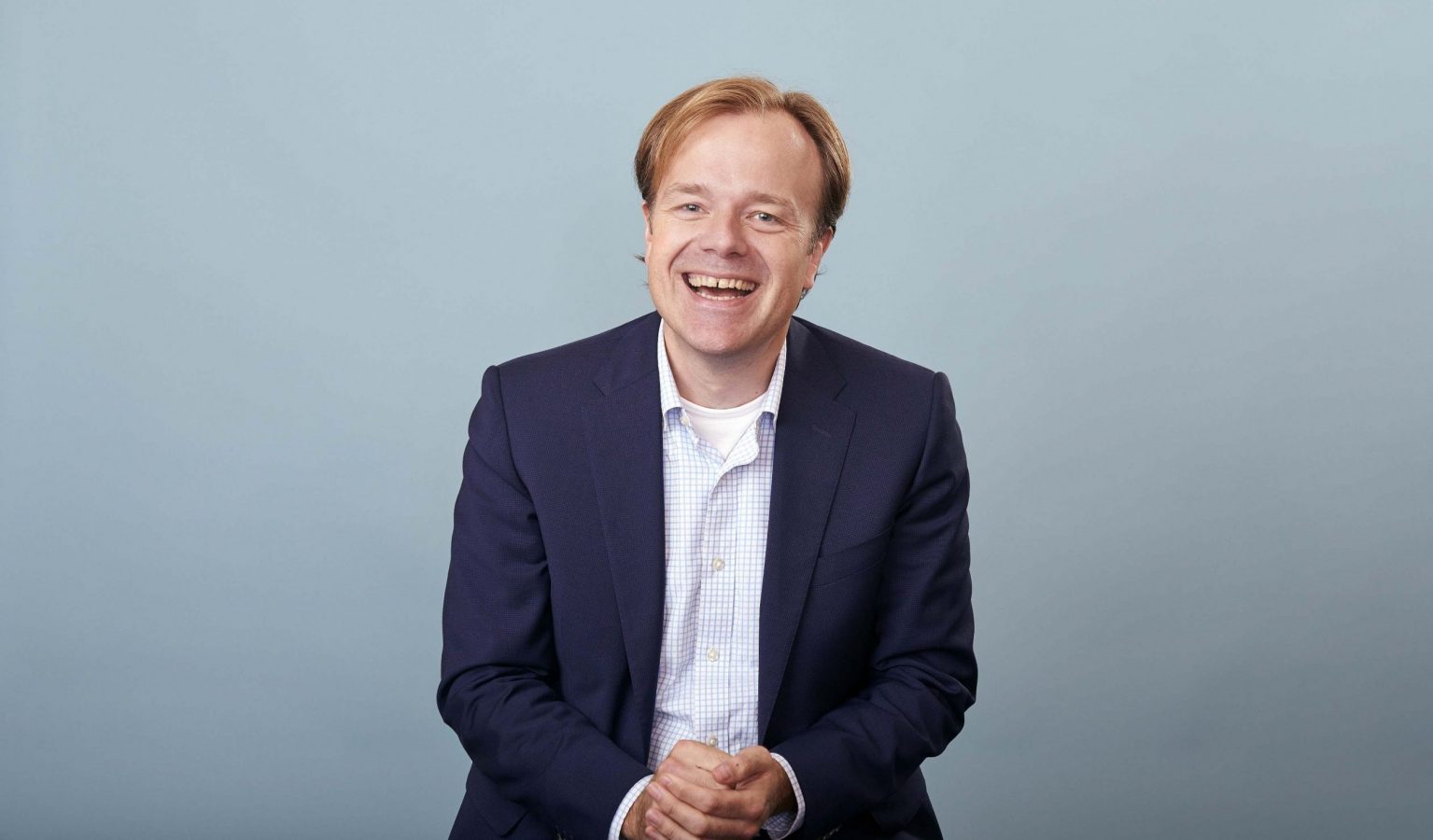Initiated and financed by EFPIA’s Oncology Platform (EOP), the Time to Patient Access Initiative aims to reduce waiting times for cancer patients in Europe. The initiative has been supported by a Vintura-led consortium, comprising ASC Academics and Hague Corporate Affairs. The consortium collaborated closely with two of Europe’s leading experts in health economics and health technology assessment bodies: Prof. Lieven Annemans (Ghent University) and Prof. Maarten Postma (University of Groningen).
All European countries are facing delays
Bas: ‘In Europe, a new wave of scientific innovation is generating an unparalleled level of choice and promise in cancer treatments. Great news, because on the other hand, we see cancer incidence is on the rise. Yet, all European cancer patients don’t have access to the latest standard of care and treatment at the same time. We see that all European countries are facing considerable delays. For those delays, cancer patients pay the price. In terms of quality of life as well as life expectancy.’
A systemic issue, rather than an organisational problem
‘On a country to country basis, delays in patient access can be explained by looking at the reimbursement process, the reimbursement criteria and health system readiness. How do stakeholders organise the series of steps to take? What information is used to define value? And after reimbursement, to what extent is a new therapy integrated in clinical practice?’, Bas explains. ‘A systemic problem rather than an organisational one, none of the stakeholders involved are capable of significantly reducing waiting times single-handedly. In order to improve time to patient access, a multi-stakeholder perspective on challenges and solutions is essential, as well as a collaborative approach.’
‘Discover the 5 key principles for success in today’s patient access reality’
“Instead of telling a one-sided story, the report represents the collective thinking of a group of over 30 organisations.”
Courageous participants
As the project set-up was designed in collaboration with all participants, outcomes reflect a perspective with which all stakeholders can identify. Bas: ‘Instead of telling a one-sided story, the report represents the collective thinking of a group of over 30 organisations, covering HTAs, healthcare professional associations, patient organisations, policy makers, former politicians, payers and pharmaceutical companies concerned about timely and equal access throughout Europe. A hat tip to all participating organisations is in place: as we were aiming to present an unbiased story, we needed powerful participants that were willing to not only step out of their comfort zone and contribute to discussions but give access to their data and start discussions within their organisations. All of the above requires immense courage.’
A new, shared perspective
Incorporating all perspectives in a new, shared view on the problem required some sensitivity and mediation skills. Bas: ‘Our aim was to identify the root causes in a structured, open and objective manner. At first, we found a room full of mixed, sometimes even opposing perspectives, as is common in patient access discussions. From the start, we acknowledged that, individually, stakeholders all hold one specific piece of the puzzle. And that only by combining all pieces, we would be able to see the whole picture. So it made sense not to focus the discussion on finding the ‘right’ perspective, but to invite all stakeholders to authentically share their perspectives and to listen to one another. This approach proved to be fertile ground for a constructive dialogue.’
A wide array of opportunities for improvement
Every Day Counts provides the ten root causes for delays, an analysis of the impact of earlier reimbursement, as well as the Patient Access Indicator: a European benchmark that identifies European differences in the actual usage of new cancer treatments 12 months after reimbursement. The report can be read as an overview of opportunities for organisations to make a difference in patients’ lives. Bas: ‘It’s important to realise that delays impact human lives far more than we might intuitively expect. For cancer patients, literally every single day comes at a price. In Europe, many patients are already facing unacceptable waiting times, yet the average time to patient access is increasing. It’s time to turn the tide. It’s time for a collaborative approach, in order to assess the challenges and mend the broken system on a country-by-country level.’
‘Download the full Every Day Counts report’
LET’S DISCUSS
Inspired to share your thoughts? Or would you like to learn more on how to accelerate patient access? We would be delighted to hear from you. Please feel invited to contact Bas Amesz.
DO YOU WANT TO READ MORE?
Please also be invited to read our others articles in this “Every day counts” series:
- White paper release: Every day counts
- Blog: Bringing stakeholders together to improve patient access to oncology therapies in Europe
- Blog: European access discussions shouldn’t stop at reimbursement
- Blog: Deep dive: The Patient Access Indicator
- Blog: The 10 key factors delaying patient access across Europe
- Blog: Introducing new cancer treatments: how reducing time to Market Access dramatically impacts patients’ lives
- Blog: Speeding up patient access requires dealing with uncertainty on clinical value first, negotiating price second
- Blog: Outdated clinical guidelines prevent timely adoption of oncology innovations into medical practice
- Blog: Europe’s patchwork of evidence requirements is an important factor in delayed patient access

